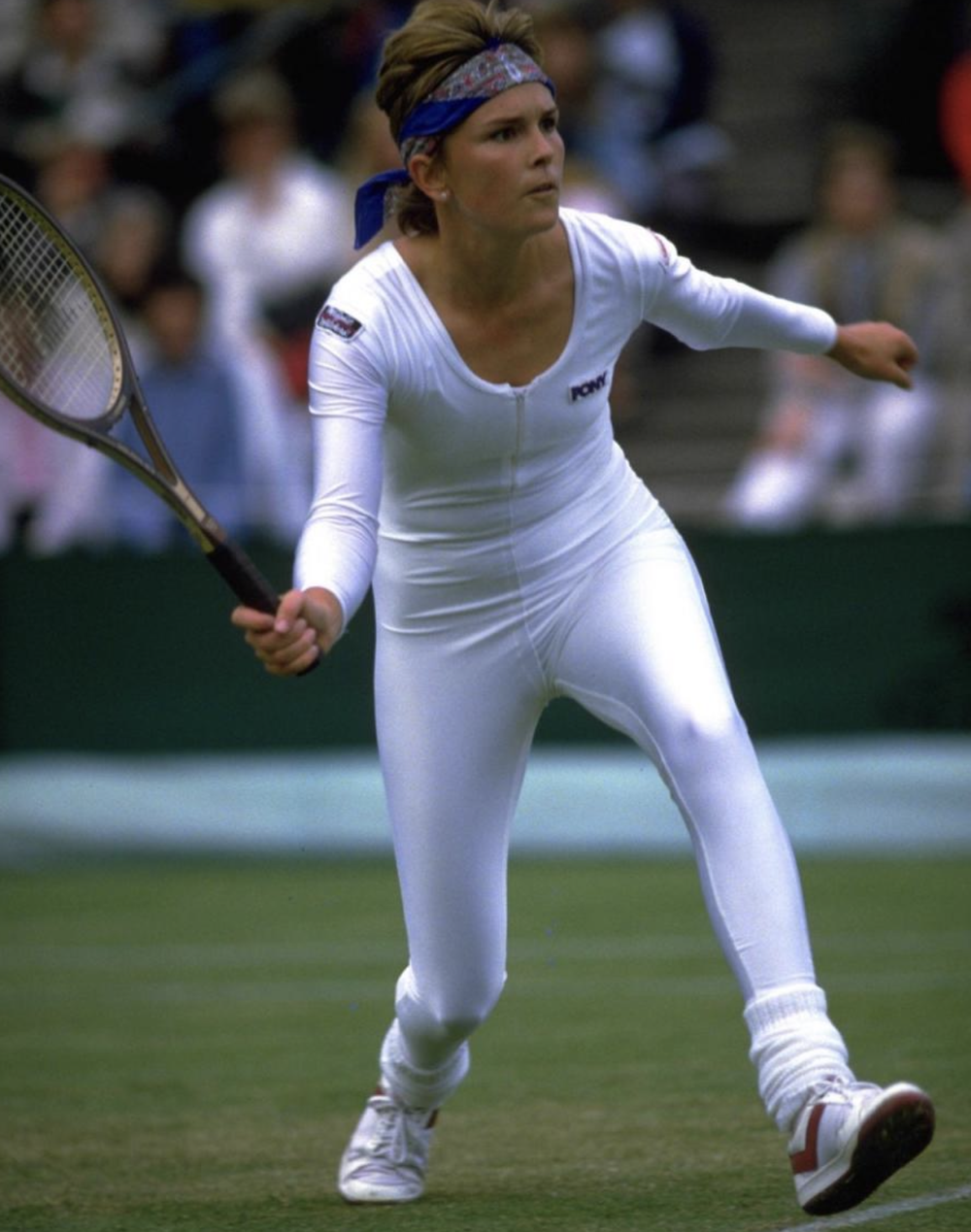
The Wimbledon Championships, the oldest and most prestigious tennis tournament in the world, is not only known for its thrilling matches and lush grass courts but also for its strict dress code. Steeped in tradition, the All England Lawn Tennis and Croquet Club has maintained a sartorial standard that adds a touch of elegance to the tournament.
However, there have been instances where players have inadvertently or intentionally found themselves in violation of the tournament's sartorial guidelines. Despite the All England Lawn Tennis and Croquet Club's stringent regulations, some players have made headlines for their dress code infractions, adding an unexpected touch of controversy to the prestigious event.
In this blog post, we will explore the dress code guidelines for players at Wimbledon, highlighting the unique traditions and fashion norms that make this tournament a spectacle both on and off the court (✅). Additionally, we will explore some of the notable instances when players pushed the boundaries of the Wimbledon dress code and the resulting repercussions (🚫).
Crisp and Classic: All-White Attire
✅ The most distinctive feature of the Wimbledon dress code is the requirement for players to wear predominantly white attire. Since the tournament's inception in 1877, white has been the chosen color to symbolize purity and evoke a sense of tradition. The guidelines state that the clothing must be "almost entirely white," with no more than a 1cm trim of color allowed on any garment. This includes clothing, headwear, footwear, and even undergarments.

🚫 Throughout the tournament's long history, players have occasionally fallen foul of the all-white attire requirement due to colorful accessories or visible undergarments. In 2013, former champion Roger Federer was asked to change his custom-made shoes that featured orange soles, which were deemed too colorful. Similarly, in 2017, French player Adrian Mannarino was forced to turn his blue and white underwear inside out after it was spotted during his match.
Practicality and Style: Design Considerations
✅ While the Wimbledon dress code emphasizes the color white, the guidelines also take into account practicality and style. The clothing must be appropriate for tennis and should not have any commercial logos, bold patterns, or distracting elements. Tennis players are encouraged to wear comfortable and functional outfits that allow for a full range of movement. The clothing should be well-fitted, and skirts or shorts must be of an appropriate length.
🚫 The Wimbledon dress code prohibits the display of commercial logos or prominent branding on players' attire. However, over the years, some players have inadvertently breached this rule. In 2014, French player Gilles Simon was asked to change his shorts mid-match as they featured large fluorescent orange patches, which were deemed too conspicuous. Similarly, in 2016, Canadian player Eugenie Bouchard had to switch her sports bra due to a very slightly visible black bra strap that was not in line with the dress code.
The Evolution of Tennis Fashion

✅ Over the years, Wimbledon has witnessed subtle shifts in fashion within the framework of its dress code. From the modest and traditional attire of the early years to the introduction of modern fabrics and designs, tennis fashion has evolved while still adhering to the all-white requirement. Today, players have the opportunity to express their individual style within the confines of the dress code, showcasing their unique fashion choices through design details, textures, and subtle embellishments.

🚫 While the Wimbledon dress code emphasizes tradition, players have occasionally attempted to infuse their unique fashion sensibilities within the guidelines. In 1985, American player Anne White caused a stir when she wore a white bodysuit during her match, which was considered unconventional at the time. Despite being compliant with the all-white rule, her attire drew attention and criticism for deviating from the customary tennis outfits.
Personalized Touches: Accessories and Equipment
✅ While the emphasis is on white clothing, players are allowed to add personalized touches through accessories and equipment. Tennis shoes must be predominantly white, but players can add colored soles as long as they are mostly white when viewed from the side. Accessories such as wristbands, headbands, and caps can also feature minimal branding or small colored accents. However, these additional elements should not detract from the predominantly white ensemble. As of 2023, Wimbledon now allows women players to wear dark colored undershorts, in an effort to help women who may be menstruating feel more comfortable on the court.
🚫 While tennis shoes must predominantly be white, some players have pushed the limits by wearing shoes with bold or contrasting colors. In 2019, Australian player Nick Kyrgios received a warning for wearing bright orange shoes during his first-round match. In 2022, Kyrgios’ sneaker game sparked controversy again, as he donned bright red Nike shoes and a red hat pre and post-match.
The Wimbledon Effect: Impact and Influence
The Wimbledon dress code has transcended the boundaries of the tournament itself, leaving a lasting impact on tennis fashion worldwide. The all-white tradition has become synonymous with the timeless elegance and grace associated with the sport. As players step onto the hallowed grounds of the All England Lawn Tennis and Croquet Club, their carefully selected white ensembles become a canvas on which they leave their mark, joining the ranks of the legends who have graced the Wimbledon courts throughout history.
The dress code infractions at Wimbledon, although relatively rare, serve as reminders that even the most esteemed tennis tournament is not immune to occasional sartorial controversies. While the All England Lawn Tennis and Croquet Club maintains a strict adherence to tradition and elegance, the evolution of fashion and personal expression can occasionally clash with these guidelines. These instances of dress code breaches, intentional or unintentional, have sparked discussions about the boundaries of tradition and the evolving nature of tennis fashion.Ultimately, any dress code infractions at Wimbledon serve as a testament to the delicate balance between honoring the tournament's prestigious history and embracing the changing landscape of sport and fashion.

